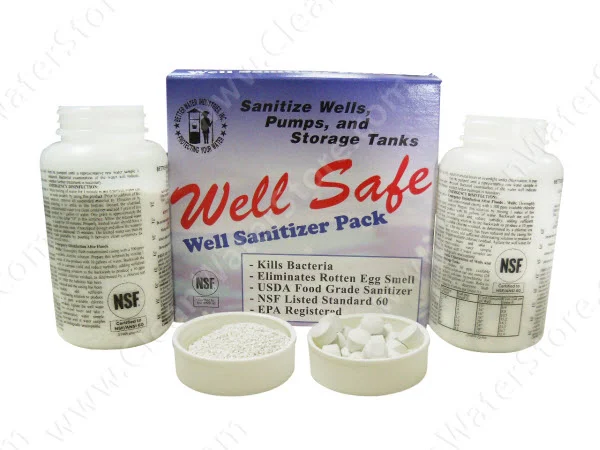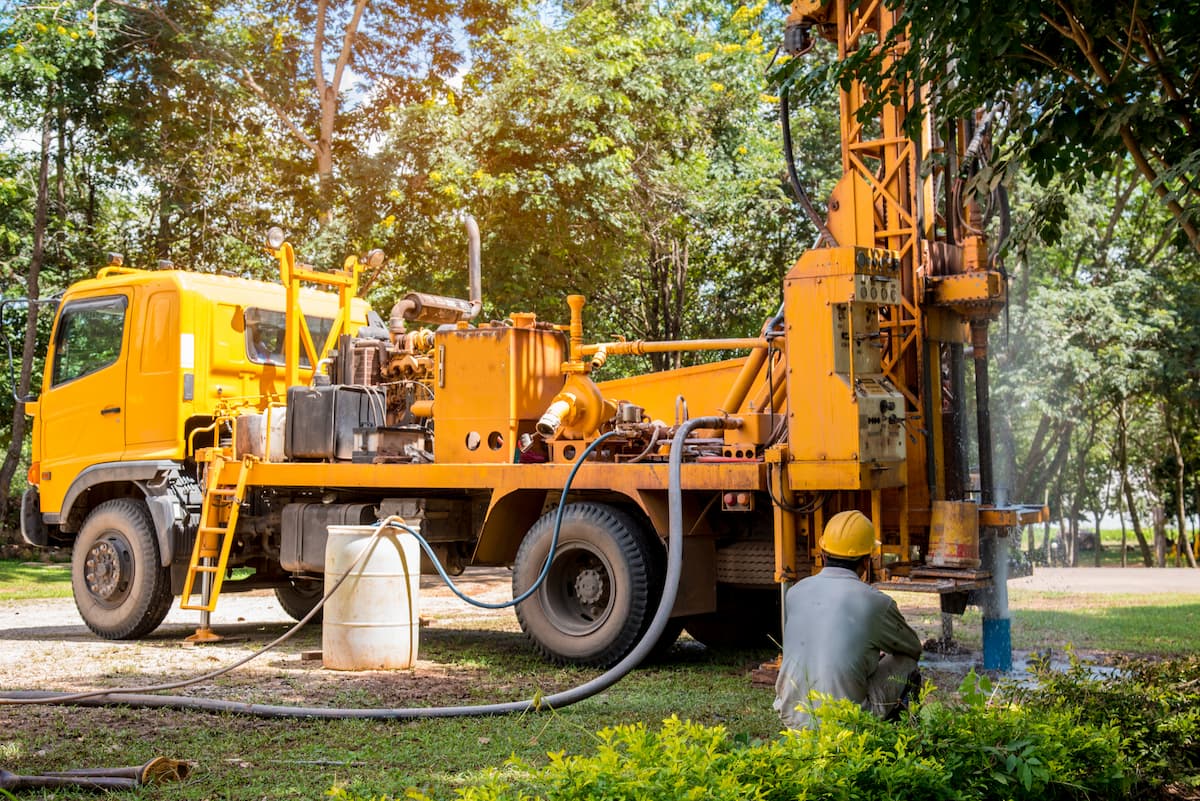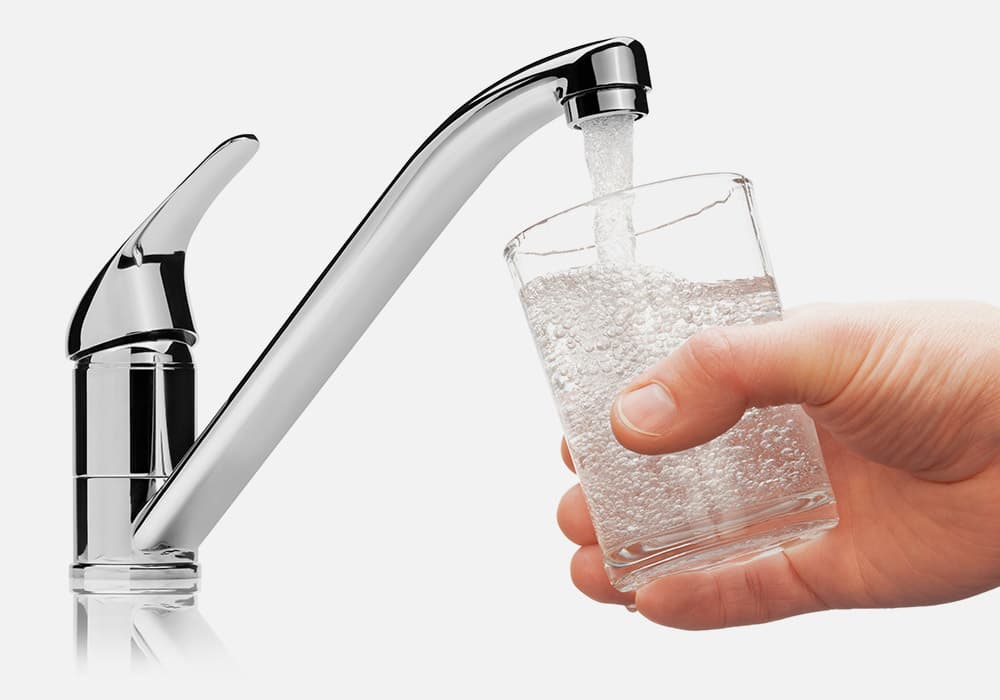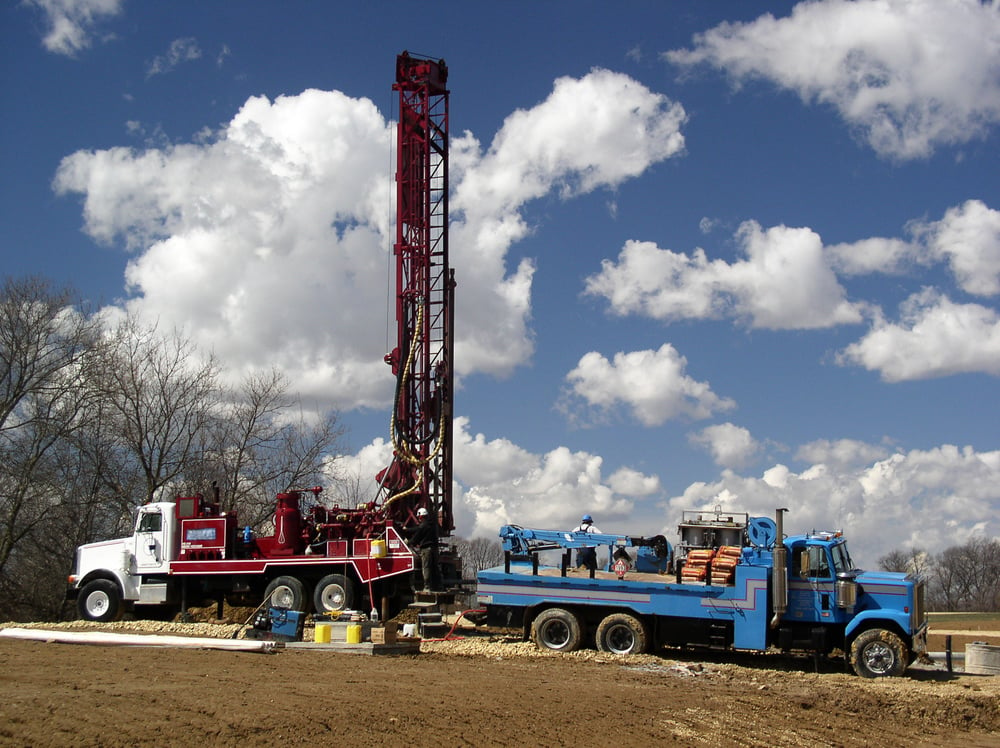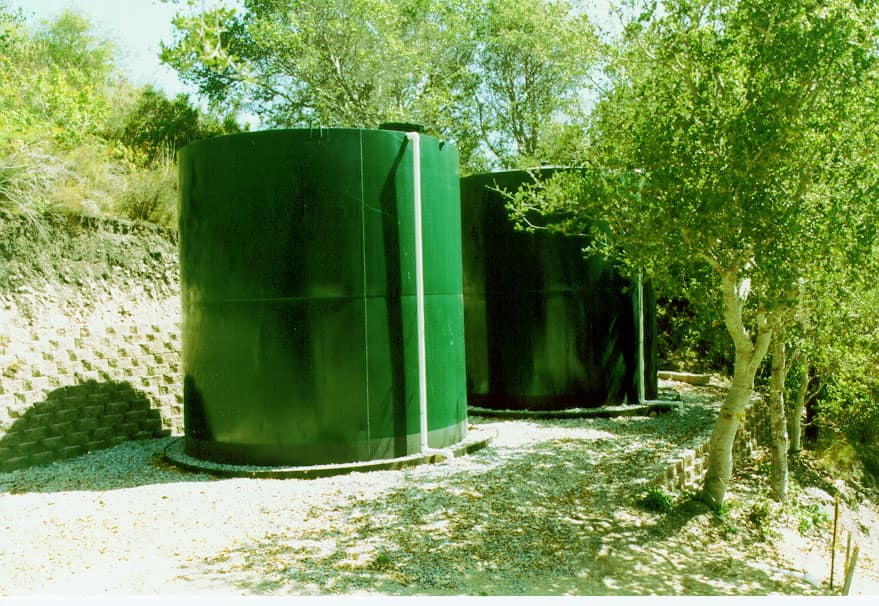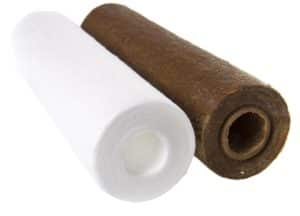Treating Well Water
 When treating well water, you might want to know how wells and groundwater systems work.
When treating well water, you might want to know how wells and groundwater systems work.
Here is a short article on how your well system works.
Treating well water? Kind of amazing to think about it, According to National Groundwater Association, Forty-seven percent of the U.S. population depends on groundwater for its drinking water supply. Of that 47 percent, many get their water from a private well.
If you have a private well or you are new to well water, or you are interested in learning about treating well water, you might also want to know how groundwater and water wells work.
What is Groundwater?
Groundwater is the water that soaks into the soil from rain or other precipitation and moves downward to fill cracks and other openings in beds of rocks and sand. It’s a renewable resource, although renewal rates vary greatly according to environmental conditions. Here in California we recently experienced a serious drought but thankfully this past winter we had ample rains.
It also is an abundant natural resource. Of all the fresh water in the world (excluding polar ice caps), 95 percent is groundwater. Surface water (lakes and rivers) only make up three percent of our fresh water.
Scientists estimate U.S. groundwater reserves to be at least 33,000 trillion gallons equal to the amount discharged into the Gulf of Mexico by the Mississippi River in the past 200 years.
Groundwater is naturally filtered by the earth that holds it. It can, however, be contaminated by pollutants that come into contact with the earth’s surface. Care should be taken at the household, local, national, and global levels to protect groundwater from pollution.
The Making of Groundwater
Water from rain and snow follows three main paths:
- Some water evaporates from the earth’s surface into the air or is breathed out by vegetation and returns to the earth’s atmosphere. Some water runs off into streams, lakes, or oceans.
- Some filters into the ground. There, it can flow to the surface as springs, moves into surface water, or recharges groundwater deeper in the earth.
- Groundwater can move into large underground natural storage areas known as aquifers and/or artesian wells.
As groundwater moves through the ground, it dissolves some of the minerals that it comes in contact with such as limestone, iron, and other minerals. Those dissolved minerals give groundwater its chemical character or quality.
Many bottled water comes from groundwater reserves.
Groundwater and Private Water Wells
Frequently, private water wells tapping groundwater resources can provide the highest quality water available to homeowners and businesses. Deep-drilled wells recharge themselves and can provide a constant, steady supply of water that is not easily impacted by dry weather conditions.
According to an independent market survey sponsored by the National Ground Water Association (NGWA), 78 percent of private water well owners prefer receiving their drinking water from their well. Eighty-eight percent of those surveyed said private wells were their least expensive drinking water option.
Private water wells also allow homeowners to take more control of their water quality. They can store it and have it available for emergencies.
 What exactly is a drilled well?
What exactly is a drilled well?
A drilled well consists of a hole bored into the ground, with the upper part being lined with casing. The casing prevents the collapse of the borehole walls and (with a drive shoe or grout seal) prevents surface or subsurface contaminants from entering the water supply.
The casing also provides a housing for the submersible well pump, and for the pipe that moves water from the pump to the surface.
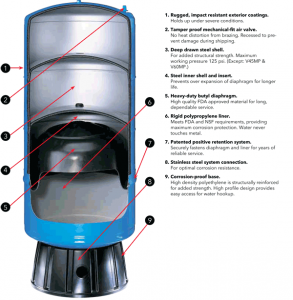
Once the well is completed, it is pumped to develop the well and determine the yield.
Many areas need further work after drilling to remove fine material remaining from the drilling process so that water can more readily enter the well.
The quantity of water (yield test) is usually measured during development. The minimum test time is one hour.</span
An important step is disinfecting the water to kill any bacteria present or bacteria that may have been introduced when the well was drilled or worked on.
After proper disinfection, the well is capped to provide sanitary protection until it is hooked into the customer’s system. Well caps require an air vent.
Most wells use submersible pumps, pumps that are down in the water and pump out to the home. The well pump is turned on and off automatically by your pressure switch, which maintains a good range of pressure in your home.
If you see your well pump on top of the ground, then that is what is called a jet pump. It is sucking water up out of a relatively shallow well (usually 30 ft or less in depth). These types of shallow wells are much more prone to contamination.
Most states and provinces do not regulate or have jurisdiction over private wells serving a single home or farm. This puts the responsibility for protecting private wells squarely on the well owner.
 Potential Sources of Private Well Contamination
Potential Sources of Private Well Contamination
Before you can go about treating well water, you might want to have your water tested, and also look for signs of contamination by testing the water.
If you live in a rural area with your own well, the well often has a number of potential sources of groundwater contamination near the wellhead:
- Septic system
- Improper waste disposal – paints, lubricants, dead animals, cleaning products, etc.
- Pesticide and fertilizer storage, mixing and loading
- Livestock pens, corrals, manure stockpiles and lagoons
- Leaky silos or underground silage pits
- Lawn and garden chemicals
- Abandoned or poorly sealed wells
- Old waste dumps
- Underground storage tanks
- Equipment and vehicle cleanup and maintenance
- Fuel storage, old underground fuel tank
- Hydro-fracking, where a company is injecting steam and chemicals into the ground in order to extract petroleum from oil shale formations. Fracking operations can contaminate some local wells, although typically they fracking occurs at far deeper depths than the groundwater layer and have little effect overall, (as far as we know at this time).
Older wells in shallow aquifers are more likely to be contaminated. The soil and geologic material that overlies the aquifer greatly influences the relationship between surface activities and groundwater quality.
Deeper wells often pass through more restrictive or impermeable layers that decrease the rate at which surface water reaches the aquifer.
You should talk to the driller who installed their well about the hydrogeology of their site and ask for a copy of the well log (a record of well construction and geologic formations encountered).
While all wells need protection, it is especially important to observe good management in the vicinity of a shallow or vulnerable well.
 What Can You Do To Prevent or Correct Contamination?
What Can You Do To Prevent or Correct Contamination?
State regulations encourage good well location by requiring a minimum separation distance of 100 horizontal feet between newly constructed wells and any source of contamination
For septic tanks and sewer lines, 50 feet is the required setback. Some counties have greater setback requirements.
Contamination related to an inadequate well cap or missing grout seal would most likely result in the presence of coliform bacteria in your well water.
Thus, the first step in the proper management of an existing private well is an annual test for total
coliform bacteria.
This test can be arranged through a local certified laboratory and there are also home test kits available.
If your well tests positive for coliform bacteria, a sanitary well cap may help solve the problem, especially if your well contains small numbers of bacteria.
You may also want to have your well sanitized with chlorine or do it yourself.
Be sure to disinfect your well with a 100 ppm bleach solution (1 cup household bleach in 31.2 gallons of water) any time the system is opened for maintenance or repair. Different levels of chlorine and chlorine pellets or powder can be used depending on the depth. A high-level chlorine test kit is recommended when shocking a well with chlorine, to avoid adding too much chlorine (hard on pumps and other well parts) or too little chlorine.
Also read:
7 Signs Your Water Well is in Trouble
Additional Resources on Well Water Treatment:
- Centers for Disease Control and Prevention (CDC) – Well Treatment: This page offers comprehensive information on different treatment options for well water, ensuring safe and healthy drinking water. CDC – Well Treatment
- CDC – Emergency Treatment for Private Wells: This resource provides education and information about emergency well treatment, including disinfecting wells and dealing with chemical contamination. CDC – Emergency Well Treatment
- California State Water Resources Control Board – Residential Water Treatment Devices: This page discusses various water treatment devices and their effectiveness in treating different contaminants in well water. California State Water Resources Control Board
- Rhode Island Department of Health – Filtration and Treatment of Private Well Water: Here, you can find information on how to choose a water treatment system for your private well, including contact information for further assistance. RI Department of Health – Well Water Treatment
- State Hygienic Laboratory – Well Water Quality and Home Treatment Systems: This PDF document offers insights into home treatment systems for well water, including traditional methods and modern technologies. Well Water Quality and Home Treatment Systems

 When treating well water, you might want to know how wells and groundwater systems work.
When treating well water, you might want to know how wells and groundwater systems work.  What exactly is a drilled well?
What exactly is a drilled well?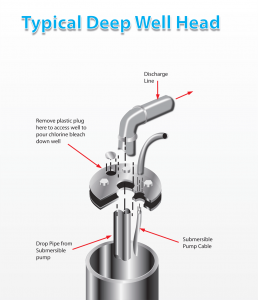 Potential Sources of Private Well Contamination
Potential Sources of Private Well Contamination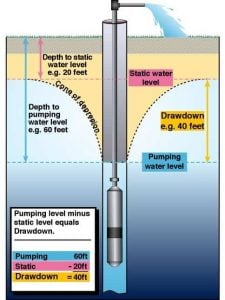 What Can You Do To Prevent or Correct Contamination?
What Can You Do To Prevent or Correct Contamination?

